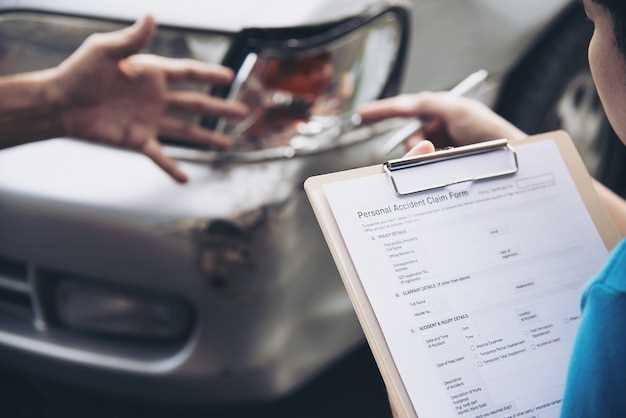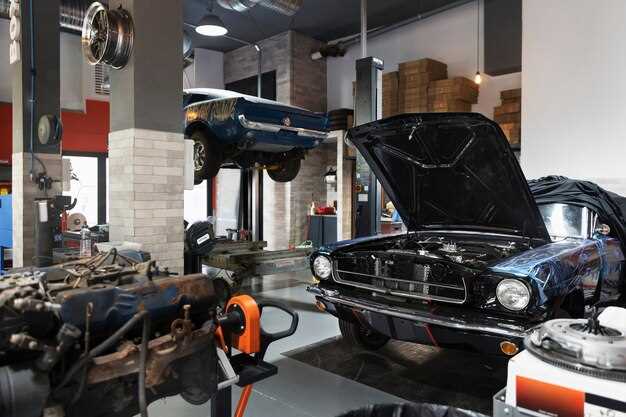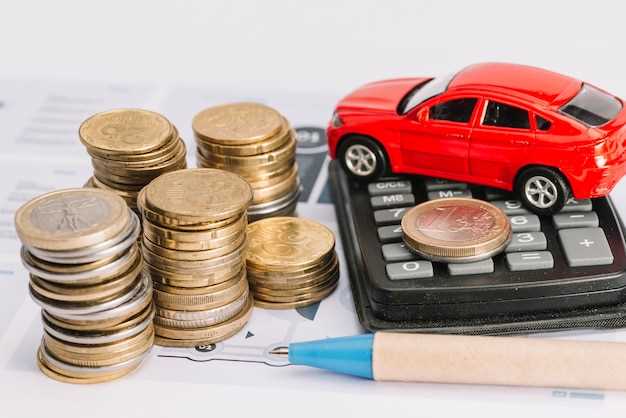
Salvage cars present a unique opportunity for buyers looking to save money while acquiring a vehicle. At auctions, a variety of salvage types can be found, each with its own set of challenges and benefits. Understanding these types is crucial for potential bidders aiming to make informed decisions.
One of the most common types of salvage cars encountered at auctions is the flood-damaged vehicle. These cars have been submerged in water, leading to potential electrical and mechanical issues. Buyers should carefully assess the damage and consider the costs of repairs before placing a bid.
Another prevalent category includes vehicles that have been involved in accidents. These wrecked cars might possess a desirable make or model, making them attractive options for enthusiasts or those looking for project cars. However, it’s vital to evaluate the severity of the damage to determine if repair costs will outweigh the potential vehicle value.
Additionally, there are salvage types that simply have a bad title due to theft or vandalism, which can sometimes be less complex to restore. Understanding the nuances of each salvage car type can empower bidders to select the right project for their needs while navigating the auction landscape more effectively.
Identifying Collision-Damaged Vehicles: Features and Considerations

When attending salvage car auctions, understanding how to identify collision-damaged vehicles is crucial for making informed decisions. Various types of cars may be involved in collisions, and each can exhibit specific features indicating prior damage.
Visible Damage: Examine the exterior for dents, scratches, and misaligned body panels. Pay attention to the paintwork; mismatched colors or signs of repainting often signify repairs following an accident.
Frame Integrity: A significant consideration is the integrity of the vehicle’s frame. Look for signs of frame bending, particularly in the front and rear sections. Use tools to check the alignment of critical structural elements; any deviations can indicate serious past collisions.
Mechanical Issues: Collision-damaged cars may present mechanical problems. Listen for unusual noises from the engine or transmission, and check the alignment of the wheels. These issues can often arise from impact-related stress.
Airbag Deployment: Investigate the airbag system. If airbags have deployed, there may be electronic or mechanical damage that might not be immediately visible. Ensure that dashboards display no warning lights related to airbag malfunctions.
Underbody Inspection: Inspect the undercarriage for damage to suspension components or the exhaust system. Scrapes, dents, or rust can indicate impacts that may compromise vehicle safety.
Diagnostic Tools: Utilizing diagnostic tools to assess the car’s electronic systems can reveal hidden issues. These tools can help identify error codes related to systems affected during a collision.
Documentation and History: Always request a vehicle history report. This report can provide insight into previous accidents and insurance claims, giving a more comprehensive view of the car’s salvage status.
In conclusion, recognizing the features and considerations of collision-damaged vehicles enhances the likelihood of a successful salvage acquisition. Thorough examination and informed analysis are essential when navigating the varied types of cars available at auctions.
Understanding Flood-Damaged Cars: Signs and Risks to Watch For
Flood-damaged cars are a particular type of salvage vehicle that can be found at auctions. These vehicles often come with significant risks, making it essential to understand the signs indicating water damage. Not all types of flood-damaged cars are easily identifiable, and buyers must be vigilant.
One common sign of a flood-damaged vehicle is the presence of water stains or discoloration in the upholstery and carpeting. Mold and mildew growth can also be an indicator, often found in areas like the trunk or under the seats. Additionally, if you notice a musty odor when inspecting the car, it may suggest prolonged water exposure.
Another crucial aspect to check is the electrical system. Water can damage wiring and components, leading to unpredictable functioning of lights, windows, and other electronic features. Pay attention to any warning lights on the dashboard that remain illuminated, as this might indicate electrical issues stemming from water damage.
Examine the engine bay for signs of rust or corrosion on metal parts, particularly around connectors and hoses. These areas can be adversely affected by exposure to salt or freshwater, leading to long-term mechanical problems.
Furthermore, a thorough inspection of the vehicle’s history report is necessary. This report should indicate if the car has been classified as salvage and may reveal previous flood damage. Always verify that the seller is transparent about the car’s history, as undisclosed issues can result in costly repairs down the line.
In conclusion, while buying salvage cars at auctions can be an appealing option, flood-damaged vehicles pose particular risks. Recognizing the signs of water damage and understanding the potential consequences are essential steps for any buyer considering these types of cars.
Evaluating Theft-Recovered Cars: What to Inspect Before Bidding

When considering theft-recovered cars at auctions, it is crucial to perform a thorough evaluation to ensure you are making a wise investment. These vehicles can vary significantly in condition, and inspections are key to understanding their true worth.
First, check the vehicle’s title status. A theft-recovered car may have a salvage title, indicating it has been reported as stolen but later recovered. Research the implications of a salvage title in your state, as this can affect insurance and resale value.
Next, inspect the vehicle for signs of damage. Look for inconsistencies in paint, body panels, and alignment, which may indicate improper repairs or hidden damage. Pay close attention to the undercarriage and areas prone to rust or corrosion, as structural integrity is crucial.
Additionally, verify the vehicle identification number (VIN) against the auction listing and history reports. This ensures the car matches its reported history and has not been involved in any further troubling incidents. Use this opportunity to confirm ownership patterns and any outstanding liens.
Another important aspect is the mechanical condition. Start the engine and listen for unusual sounds. Test drives can provide insight into the car’s handling and performance. Ensure all systems, including brakes, lights, and electronics, are functioning properly.
Consider obtaining a professional mechanic’s opinion. An expert can provide a detailed inspection that highlights potential issues you might overlook. This investment can save money in the long run and offer peace of mind.
Finally, research market prices for similar types of theft-recovered cars. Understanding the going rate will help you determine a fair bidding range and avoid overpaying at the auction.
